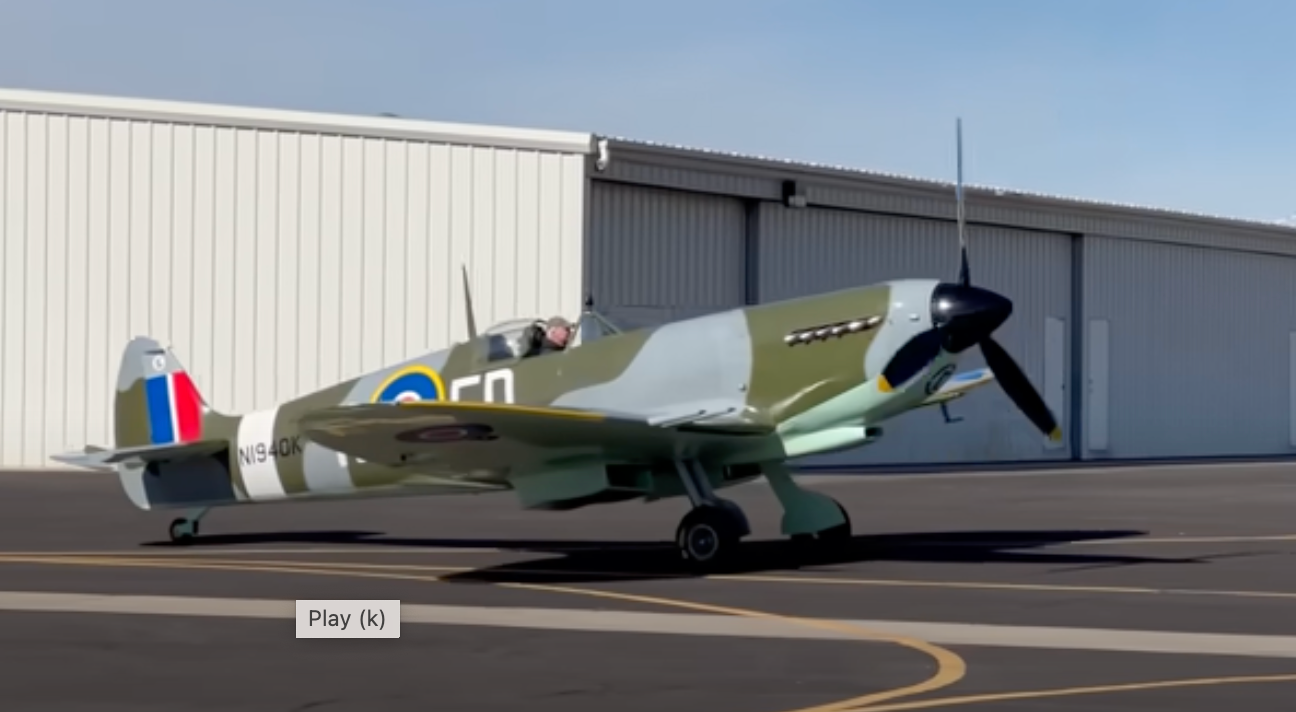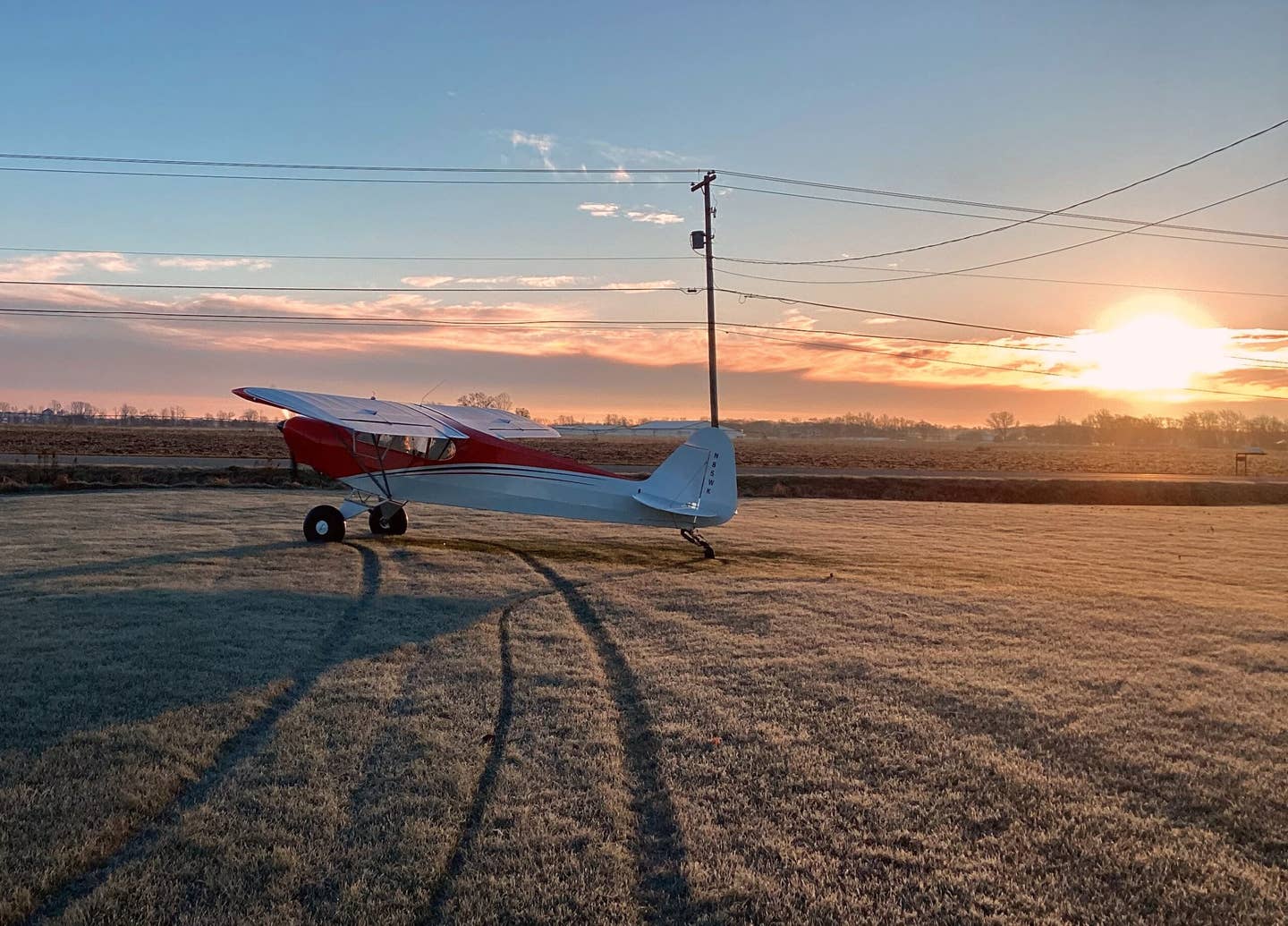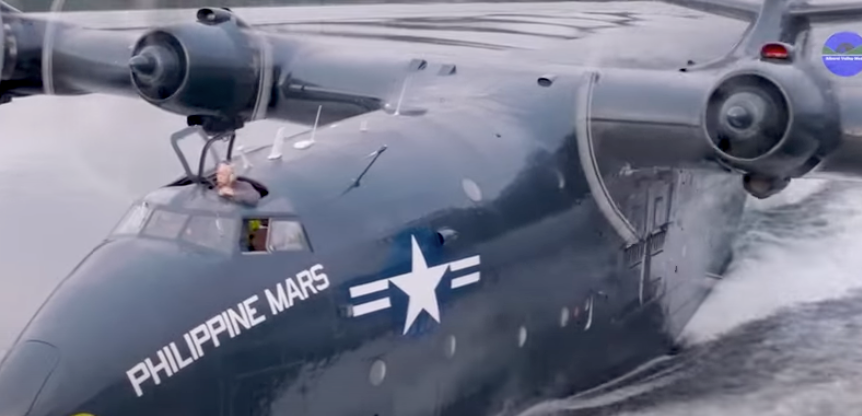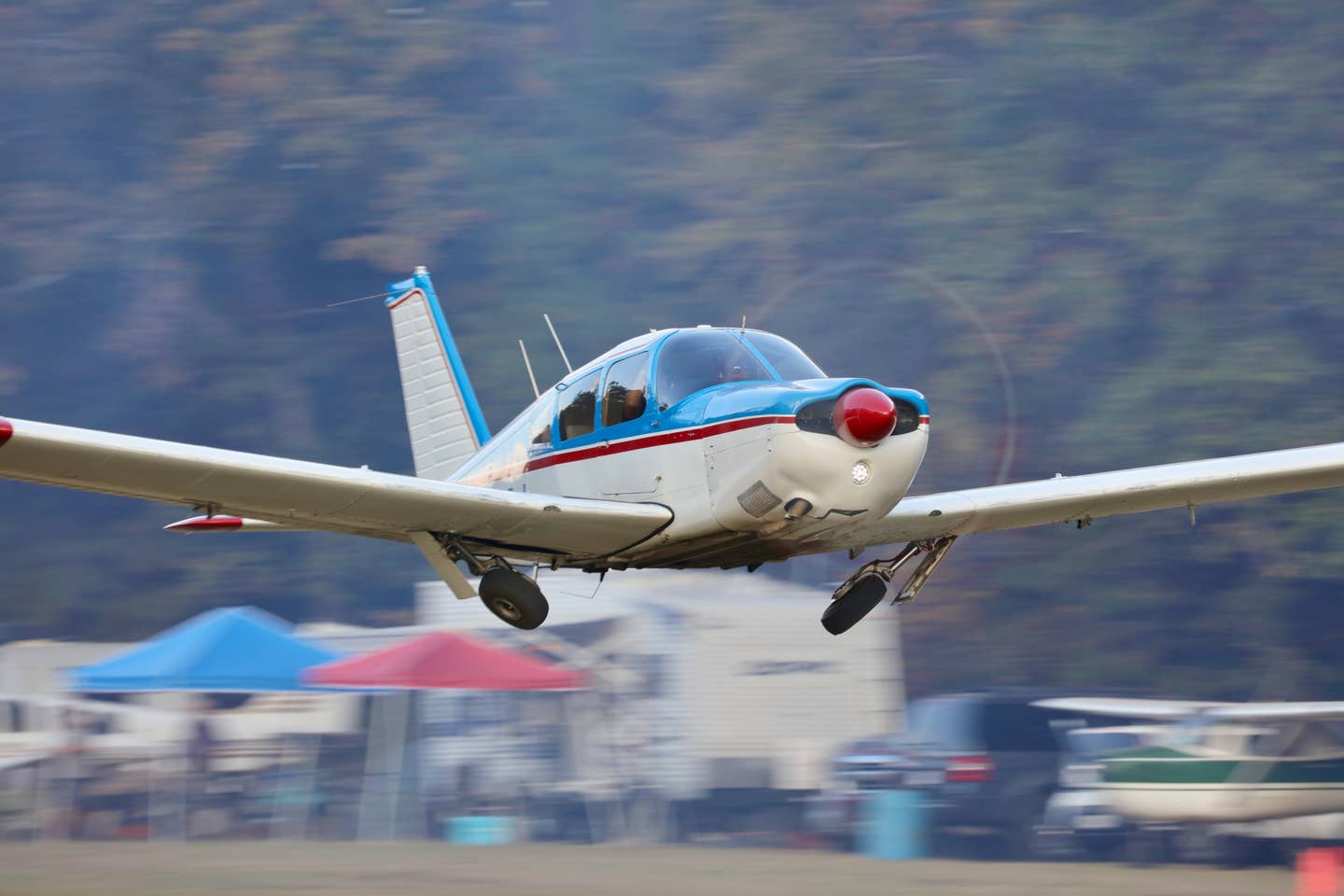When Airplanes Ruled The Movies
The years between the world wars are widely considered the Golden Age of flight. In the midst of it, Charles Lindbergh flew the Atlantic, air races were wildly popular, aircraft were making huge strides in performance and safety and passenger flights were accessible, if not cheap. Americans couldn’t get enough of airplanes and this was reflected in movies like Flying Down to Rio, with chorus lines atop a Lockheed Vega.
The years between the world wars are widely considered the Golden Age of flight. In the midst of it, Charles Lindbergh flew the Atlantic, air races were wildly popular, aircraft were making huge strides in performance and safety and passenger flights were accessible, if not cheap. Americans couldn’t get enough of airplanes and this was reflected in the popular culture, no more so than in motion pictures.
By 1930, Howard Hughes’ famous Hell’s Angels World War I fighter pic had the sound of roaring Liberty engines and Lewis guns to accompany what was then groundbreaking aerial footage. During the same period—1933—Thornton Freeland directed what became an iconic, airplane-centric feature called Flying Down to Rio. It starred, among others, Fred Astaire and Ginger Rogers in their first-ever screen pairing. They made eight more films together.
The film linked here is the trailer and builds on the thinnest of cinema pretexts. The Rio hotel has no entertainment license so the storyline stages a chorus show entirely atop airplanes flying overhead, while band leader Fred Ayres (Astaire) conducts and Ginger Rogers as Honey Hale leads the chorus from the turtledeck of a Buhl Bull Pup. Most of the chorus line struts atop a Douglas M-1 Mailplane and a Fairchild FC-1, but the famed Lockheed Vega also makes a brief appearance.
For its day, the cinematic effects devised by Linwood G. Dunn were stunning and frankly, nearly 90 years later, they don’t hold up too badly. Today, this would be done digitally with chroma keying or computer-generated imagery, but Dunn used a technique called traveling matte. The aircraft were placed on a mount above a featureless background. The dancers actually danced and were shot from the appropriate angles. The second component of the matting shot was the moving background and each shot had to be composited frame by frame into the final print. It was expensive and time-consuming and akin to animation. (Unknown is how the dancers kept their heels from puncturing the airplane fabric.)
Flying Down to Rio was among a few dozen so-called pre-code films. That’s why it contains some pretty racy footage of braless dancers and dresses ripped off by the slipstream. By mid-1934, the Catholic church agitated for enforcement of the Hays Code and depictions of sexual suggestion, criminal immorality and violence were scrubbed from films. Prohibition ended that year, so even if you couldn’t be titillated you could at least get hammered legally.
Contemporary films are famous for “brand integration” of commercial products. BMW writes a big check for an appearance in a Bond film, Coca-Cola spends millions to appear on the table in a restaurant scene. Nothing new here. The newly formed Pan Am Airlines was heavily involved in Flying Down to Rio and a Pan Am Sikorsky S-40, complete with logo, is prominently showcased in the film. Also prominent is an Astaire-Rogers dance number. It’s not in the trailer, but see it here. It’s not bad, but I like this one better from Swing Time. You can also buy or rent the full feature on YouTube.






